It's common in any equestrian circles in New Zealand for horse owners to talk about their horse being grass affected. Unlike many countries, most horses in New Zealand do spend most of their life out in the pasture, eating relatively lush grass, all year around. This has benefits and risks, and the more you know about grazing your horse on grass, the better you can care for their health (and gut health).
From the spring grass flush to the dry sparse forage of midsummer, through the autumn grass growth and winter's muddy fields, our horses' grass can change dramatically throughout the seasons. Some horses naturally have more reactivity to grass changes, and some grasses carry more risk of mycotoxins, or have a tendency to deliver more sugar when you get a sunny day after a frosty night. There's a lot to learn, which is why we spoke to an expert in horse nutrition, and asked her for three tips about keeping horses on NZ grass.
We talked with Nikita Stowers, MSc (Nutrition) BSc (Animal Science) BBS, Equine Nutritionist at Veterinary and Nutritional Integration LTD.
Here are Nikita's top three things for horse owners in New Zealand to know about horses grazing on grass pastures.
1. Many of our horse properties in NZ are situated on old Dairy Farms
This means that our predominant pasture types are often high endophyte Rye-grasses and legumes like Clover. While these species are great for Dairy Cows they aren’t so suited to our horses that do best on high fibre, low sugar forages.
These pastures can be high in Protein and Non Structural Carbohydrate (NSC), especially during times of peak growth like Spring and Autumn.
Not only that but the endophyte fungus present in many rye-grasses produce mycotoxins at times of the year when it is hot and humid (typically late summer and autumn), the most common of these is Lolitrem B. This toxin affects the horses brain and spinal cord and can cause your horse to exhibit stagger like symptoms where they appear “drunk”, uncoordinated and hypersensitive.
Horses may also develop similar symptoms when the pasture magnesium levels are low, or sugar levels are high; so it is good to be aware that there are many reasons why we may experience issues with some horses at pasture.
Many horses will benefit from some gastrointestinal support whilst grazing NZ pastures and it is a good idea to use a product that targets both the fore and hindgut of the horse as they are affected in different ways.
2. The nutrients in your pasture change seasonally, monthly and even daily
Take a look at the graphic below, where two different pastures on the same property were sampled over a 12 month period. This particular graph shows Selenium levels over that period but a similar pattern is often seen for other nutrients as well.
Look how the Selenium level is over four times as high in January as it is in July and August. It is impossible to tell this by just looking at your pasture. The reason we have highlighted Selenium here is that it can be toxic for horses and we are seeing increasing cases of chronic and acute toxicity in NZ.

It is really important to test your horses blood selenium annually to make sure they are in the acceptable range and it is also a great idea to have your pastures tested, at least seasonally so that you know what your horses are eating all year round.
This can really help you formulate the best diet for them and provide correct supplementation all year round.
3. Pasture is not the devil!
In fact we are one of the few countries in the world that have the luxury of being able to generally have our horses eating grass at pasture all year round. New Zealand's pastures definitely have their challenges and some of these have been talked about above; but if we manage our horses diet correctly we can have most horses grazing our pastures and meeting around 80% of their requirements from forage (which is a good thing).
It is important to keep in mind that to ensure we get the most from our pastures that we provide our horses gastrointestinal tract with some gut-health support and also fill the nutrient gaps where needed.
A sample of over 50 pastures from around NZ between 2021 and 2022 revealed to us that the most commonly lacking nutrients in our pasture are: Copper, Zinc, Selenium and Iodine.
So it is really important to include a quality supplement in your daily feeding programme, especially if your horse isn’t receiving a complete feed.














